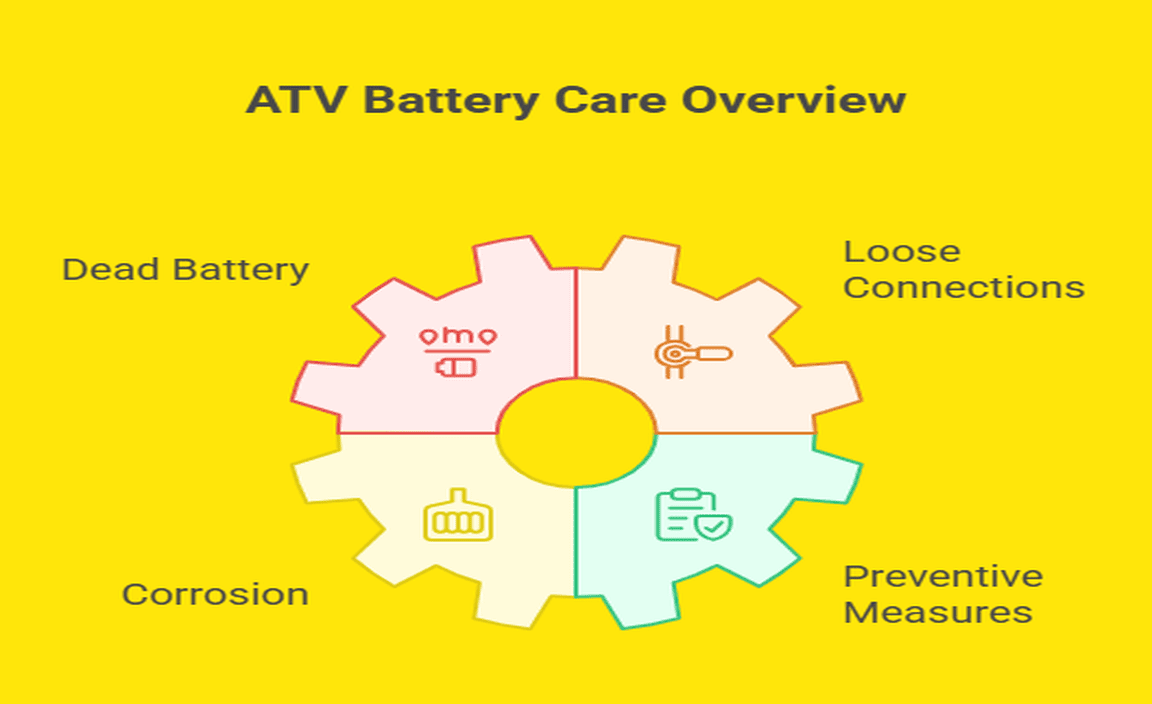iPhone Battery Health: Understanding What Percentage Signals a Decline
What battery health percentage is bad for iPhone devices? This is a question many iPhone users grapple with as they notice their devices no longer holding a charge as they used to. It’s a common experience: your once trusty iPhone, which could easily last a full day, now needs a midday top-up, or worse, dies unexpectedly. This gradual degradation of battery performance is a natural process, but understanding when it crosses the threshold from acceptable wear to a significant problem is crucial for managing your device and your budget.
Apple introduced the “Battery Health” feature in iOS 11.3, providing users with a clear indicator of their iPhone’s battery capacity relative to when it was new. This feature is found within Settings > Battery > Battery Health & Charging. It displays a “Maximum Capacity” percentage, which is the most direct measure of your battery’s current ability to hold a charge compared to its original peak performance. While the exact percentage that constitutes “bad” can be subjective and depend on individual usage patterns, there are generally accepted benchmarks to consider.
The Thresholds: When Your iPhone Battery Health Becomes a Concern
The most widely cited threshold for concern regarding iPhone battery health is 80%. When your iPhone’s Maximum Capacity drops below 80%, it signifies a noticeable decrease in performance and is often the point where users start experiencing the aforementioned charging issues. At this stage, Apple officially recommends battery replacement. While your iPhone will still function, it might not be able to support peak performance demands, especially during graphically intensive tasks or when running multiple applications simultaneously.
Below 80%, you might also encounter “Peak Performance Capability” messages. This means your iPhone’s software is actively managing its performance to prevent unexpected shutdowns. This management can manifest as slower app loading times, reduced frame rates in games, and even a dimmer screen. While this feature is designed to protect your device, it can significantly detract from the user experience, making your once-snappy iPhone feel sluggish.
However, it’s important to note that the 80% mark isn’t an absolute cliff edge. Some users might find their iPhone perfectly usable even at 75%, while others might start feeling the pinch at 85%. Factors such as how you charge your phone (avoiding extreme temperatures and draining it completely repeatedly), your typical usage habits (video streaming, gaming, etc.), and the specific iPhone model all play a role in how quickly battery health declines.
Why Does iPhone Battery Health Degrade?
Understanding why your battery health diminishes can help you mitigate the process. All rechargeable batteries, including the lithium-ion batteries in iPhones, are consumables. Their capacity naturally decreases over time and with each charge cycle. A charge cycle is counted each time you use up 100% of your battery’s capacity – it doesn’t have to be in one go.
The primary factors contributing to battery degradation are:
Charge Cycles: This is the most significant factor. Each time you complete a full charge cycle, the battery’s maximum capacity slightly reduces. Apple designs its batteries to retain up to 80% of their original capacity at 500 charge cycles under normal conditions.
Chemical Aging: Batteries age chemically over time, independent of usage. Exposure to high temperatures, both from the environment and from within the device during charging and intensive use, can accelerate this process.
Extreme Temperatures: Consistently using or charging your iPhone in very hot or very cold conditions can negatively impact battery longevity. Apple recommends operating your iPhone between 0° and 35° C (32° to 95° F).
What to Do When Your iPhone Battery Health is Declining
So, what battery health percentage is bad for iPhone users and what are the practical steps to take?
1. Assess Your Experience: Don’t solely rely on the percentage. If your iPhone is still meeting your daily needs without noticeable performance issues or frequent shutdowns, you might not need to act immediately, even if the percentage is slightly below 80%. Conversely, if you’re experiencing significant slowdowns or your phone is dying prematurely, you might consider action even if you’re slightly above 80%.
2. Utilize Optimized Battery Charging: This iOS feature, found in Settings > Battery > Battery Health & Charging, is designed to reduce battery aging. It learns your charging routine and waits to charge your iPhone past 80% until just before you need it. This minimizes the time the battery spends at a high charge level, which can reduce wear.
3. Manage Temperature Extremes: Avoid leaving your iPhone in direct sunlight for extended periods or in a hot car. Similarly, extreme cold can temporarily reduce battery life, though it typically doesn’t cause permanent damage unless extreme.
4. Consider Battery Replacement: If your “Maximum Capacity” is below 80% and you’re experiencing performance issues, it’s likely time to replace the battery. You have a few options:
Apple Authorized Service Provider: This is often the most reliable option, ensuring you get a genuine Apple battery and proper installation. This service is usually covered by AppleCare+ if your device is still under warranty. If not under warranty, Apple offers battery service for a fee.
* Third-Party Repair Shops: Some reputable independent repair shops can replace iPhone batteries. While potentially cheaper, ensure they use high-quality parts and have skilled technicians.
5. Evaluate Device Upgrade: If your iPhone is several years old and the battery health has significantly degraded, it might also be a good time to consider upgrading to a newer model. Newer iPhones often come with improved battery efficiency and performance, making the overall user experience better.
In conclusion, while there isn’t a single absolute percentage that universally qualifies as “bad” for every iPhone user, the 80% Maximum Capacity mark is a strong indicator that your battery is nearing the end of its optimal lifespan. By understanding the signs of degradation and the available solutions, you can ensure your iPhone continues to perform at its best, or make informed decisions about repairs or upgrades.



